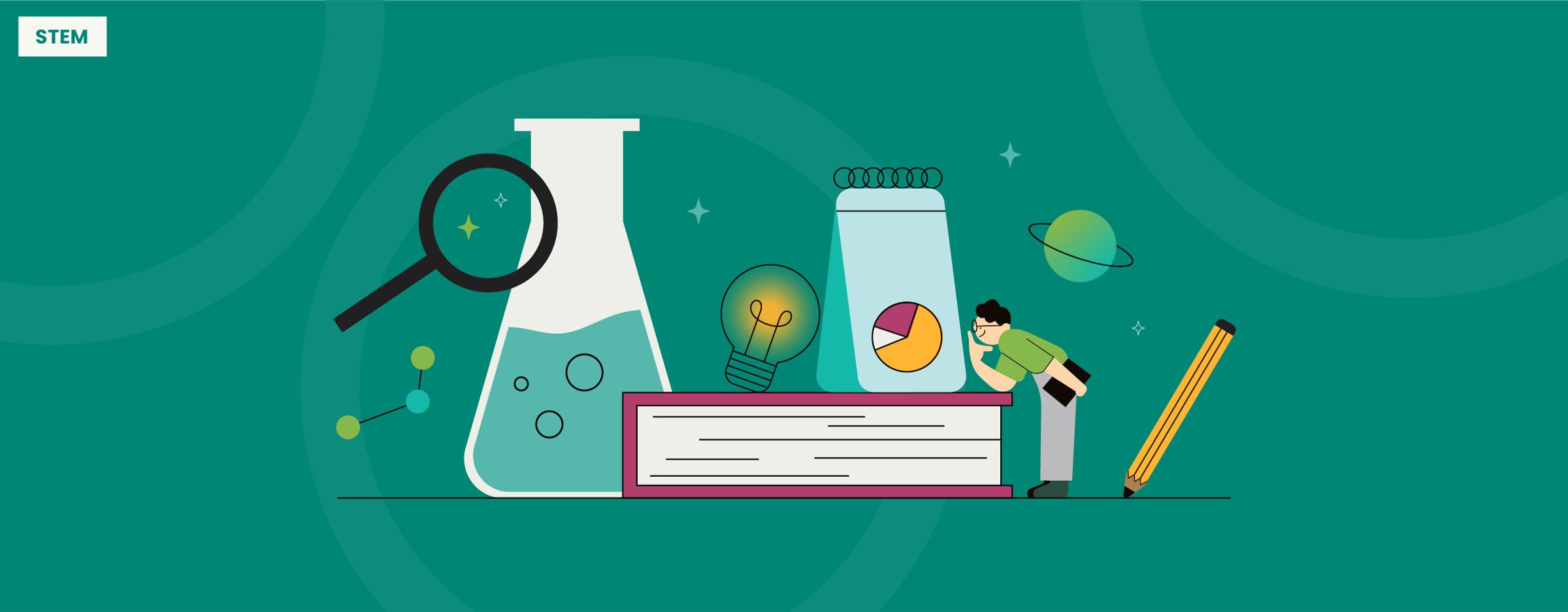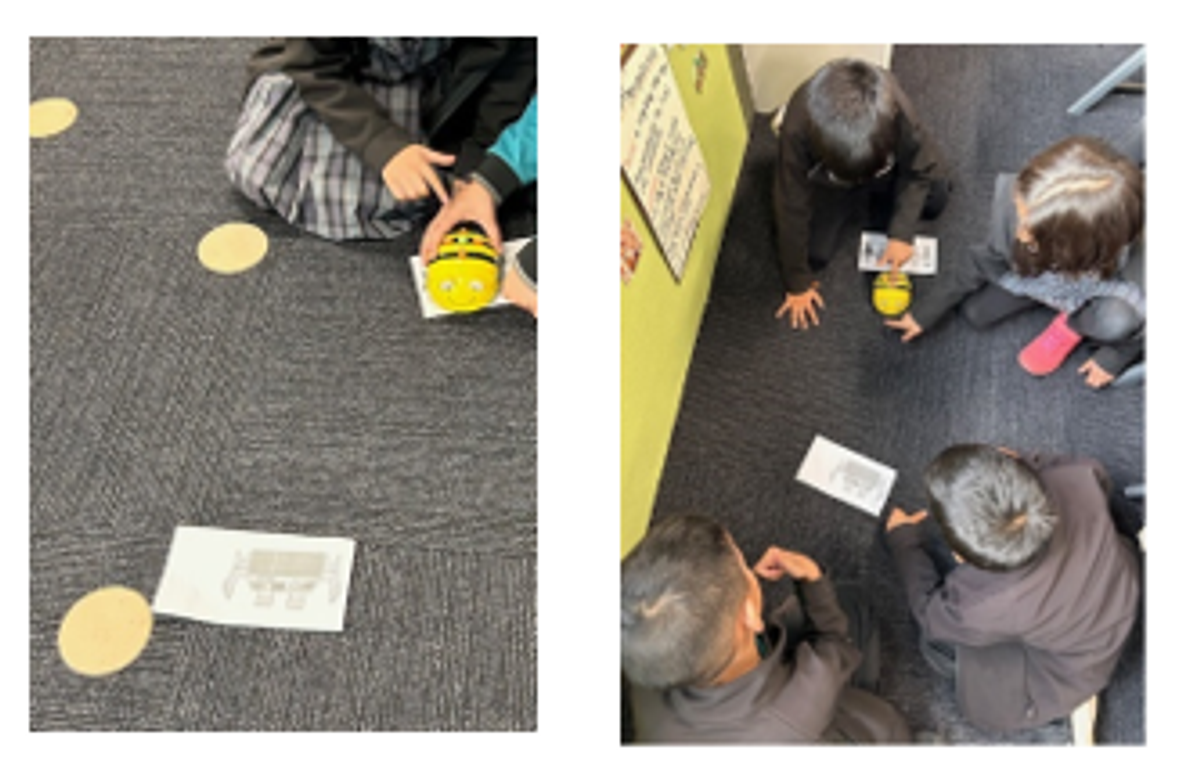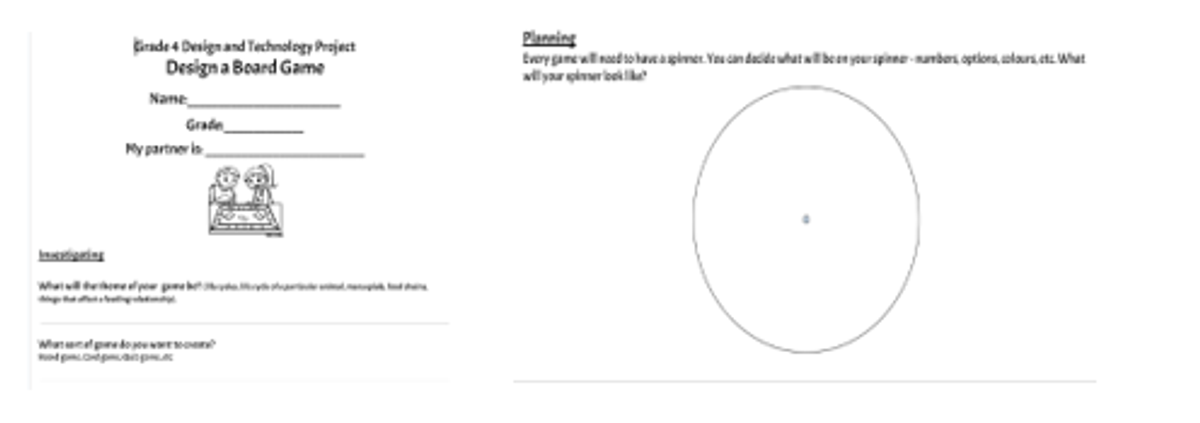STEM News

Prep students explored the effectiveness of different materials in building strong and reliable shelters. To demonstrate this concept, they watched the story of The Three Little Pigs. Through the tale, they observed how materials like straw, sticks, and bricks did under various conditions, learning that bricks were the most durable and resilient. Additionally, students engaged in turn- and- talk activities to identify and discuss the properties of these materials.
In Grade 1, our students are venturing into the fascinating world of robotics! This week, they are learning how to give instructions to a robot by creating algorithms. Their goal is to program a Bee-Bot or Blue- Bot to navigate from one location to another.
Our Grade 2 students are excited to collaborate in groups as they apply their prior knowledge to investigate and design their own life cycle projects. Each group will choose to focus on the life cycle of either a butterfly, frog or chicken and select the materials they wish to use for their project.
Our Grade 3 students are exploring the concept of healthy eating! They've been learning to identify and categorise foods into the five main food groups: fruits, vegetables, proteins, grains, and dairy. As part of their activity, they selected their favourite healthy snacks and discussed what makes certain foods nutritious. Watch this video on the 5 Fabulous Food Groups on Sci Show Kids: https://www.youtube.com/watch?v=L9ymkJK2QCU
Grade 4 students are actively researching key facts for their game projects. Working in groups, they gather information on their chosen topics and record these details in their design booklets. To stay on track, they frequently refer to the first page of their booklets to maintain a clear vision of their game’s concept. Collaboration plays a crucial role as they work together to bring their games to life!
In Grade 5, students are investigating how various materials absorb liquids as part of their design project. In groups of three, they predict outcomes using a word bank, identify key variables in their experiments, evaluate the fairness of their investigations, and create graphs to represent their data.
Grade 6 students have been learning to code by creating their own educational games using an app called Scratch. In pairs, they’ve designed clicker games that educate players about what plants need to survive. They’ve focused on features like scorekeeping and selecting images that align with their game’s theme. Have a go at creating one yourself: https://scratch.mit.edu/
SCIENCE COMPETITIONS:
We want to sincerely thank everyone who took part in our science week competitions! We were amazed by the exceptional entries and the incredible effort behind each project. It was tough to choose winners, as we saw so many creative and thoughtful ideas- from building marble runs and designing healthy snacks to constructing animals with Legos. Your enthusiasm and dedication truly made this event a success!
WINNERS of the Science week competitions:
3-6 video game: Aazil Hussein 3G
3-6 Fair test: Marzia 3H
3-6 Rube Goldberg - Raheesh 5I
3-6 Lego creation: Viaan Mamidala 3J
P-2 Rube Goldberg - Radheshyam 2L
P-2 Lego creation: Thakshesh 2L
P-2 Nature Picture: Fawaz PD
P-6 Healthy Food: Samaira 1E
STEM Team




